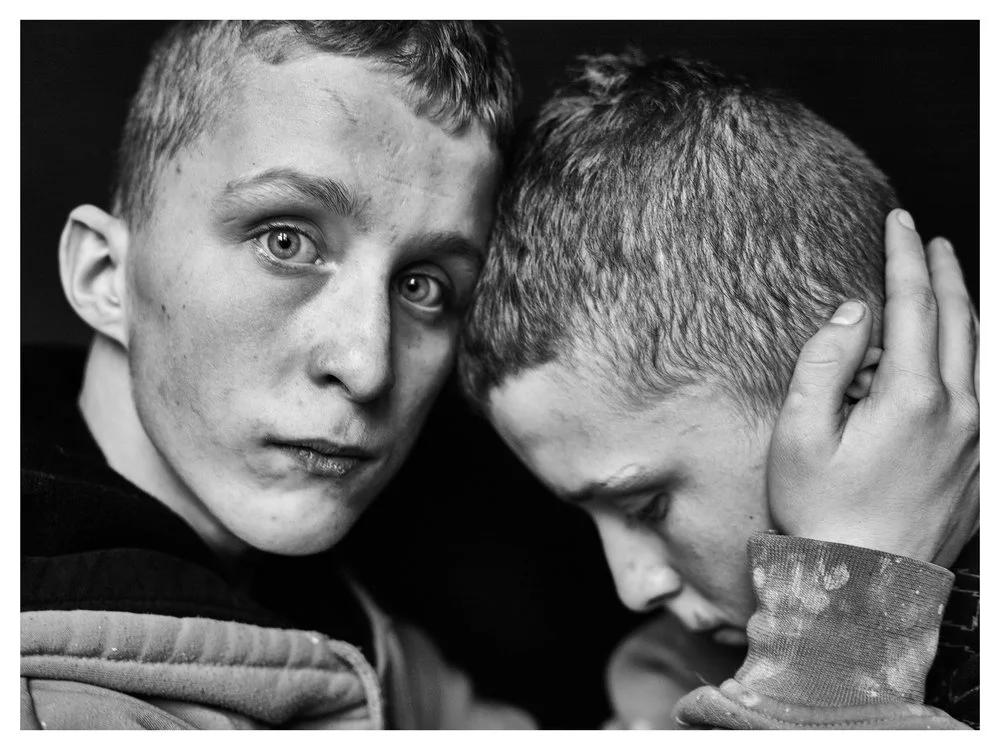Photographic Alphabet: R is for Jacqueline Roberts
Nebula © Jacqueline Roberts
Project: Nebula
"Nebula" are portraits that I make on glass and metal plates. I use an old photographic technique called wet plate collodion. This process was the primary photographic method from the early 1850s until the late 1880s. It was introduced in 1851 by Englishman Frederick Scott Archer in 1851 and consists of coating a plate with collodion that is sensitised in silver nitrate. You then expose the plate, still wet, develop it and fix it. It is crucial to go through the whole process while the plate is still wet, as once the collodion film has dried it will not react to the solutions. The result is a negative image on a glass plate that, when backed with a dark background, forms what we call an Ambrotype, derived from the Greek word for ‘immortal’. Alternatively, on a black lacquered metal plate, the image appears directly as a positive. Collodion's unique aesthetic produces timeless and ethereal images; each plate is unique.
Nebula © Jacqueline Roberts
Nebula © Jacqueline Roberts
Nebula © Jacqueline Roberts
For me, making wet plates goes beyond the photographic process itself. It is a sort of inner process too; a state of mind. In today's digital world we are swamped with images. If we look back, photographs used to be some of our most prized possessions, treasures that we would save from a house on fire. We are losing the emotional connection with photographs. Most of the images that we take have become meaningless and disposable. I want the image to be precious again. I look for images that are unique, that hold value; images to remember and preserve. To this end, I believe that engaging with the sitter and capturing emotion in a portrait is essential to how I approach photography. Other aspects, such as a sense of aesthetics, composition, contingent metaphors, pictorial references or intimacy, are fundamental too if I want to transcend the portrait and look for the "greatness of inner", to borrow Julia Margaret Cameron's words. All these are features that I pursue in my work.
Nebula © Jacqueline Roberts
Nebula © Jacqueline Roberts
Another essential aspect in my work is to pause and take the time to create an image. My portraits are about that, time. Time passed, time elapsed, time suspended, time ahead or behind us. The portraits from the series "Nebula" required long exposures which eased the sitters into detaching themselves from their immediate surroundings as if suspended in time and space. The individuals in these portraits are neither children nor adolescents. I wanted their portraits to emerge from that state of limbo to evoke the transitional stage that they are going through. “Nebula”, Latin for mist, reflects on the turmoil of growing up with all its relational, psychological, and emotional changes.
Nebula © Jacqueline Roberts
Nebula © Jacqueline Roberts
You can find more of Jacqueline’s work here.















